
Google to cough up $19 million in kids' in-app purchases case
Google is to pay out at least $19 million to Android users whose children were tricked into making expensive in-app purchases on smartphones and tablets. The Federal Trade Commission has been investigating mobile purchases for the last three years, and Apple agreed at the beginning of the year to a settlement. Amazon was also investigated and plans to appeal against the charges. In agreeing to repay the money, Google has effectively admitted that apps available in Google Play may be deceptive.
The brunt of the FTC case centers around the idea that it was not made clear to parents that their children would be able to make purchases within apps without authorization. Many of these in-app purchases are to be found in games where players are encouraged into parting with money in return for extra lives, game power-ups, or to unlock new levels. The FTC complained that since 2011 Google had indulged in unfair practices that left parents with bills of hundreds of dollars.
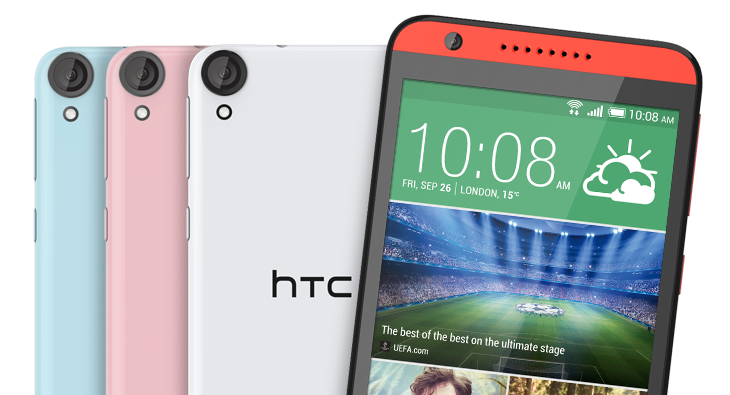
HTC Desire 820: Not your average mid-range Android smartphone
Premium devices got most of the attention at IFA 2014, thanks to their cutting edge software and hardware. But there are some other interesting new products announced at the trade show which warrant a look. One of them is HTC's mid-range Android smartphone, Desire 820.
Desire 820 may not be as exciting as, for instance, Galaxy Note Edge is with its curved edge display, but it gives us a sense of what the future of Android hardware looks like. I'll give you a hint -- it's not 32-bit. Desire 820 is among the first smartphones of 2014 to be unveiled with a 64-bit processor, Qualcomm's powerful Snapdragon 615.
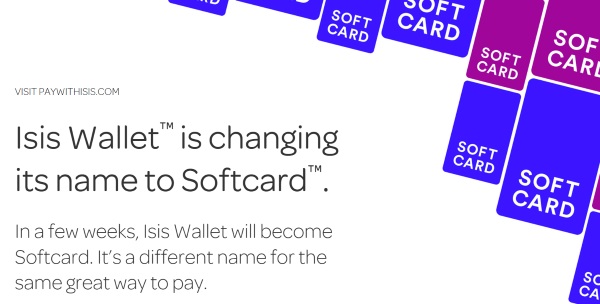
Isis Wallet to become Softcard to avoid ISIS extremism association
When you see the letters ISIS, what is it that you first think of? Is it the Egyptian goddess of health, marriage and love? The Institute for the Scientific Investigation of Sexuality? Or is it the Islamic State of Iraq and Syria, the jihadist group that has been in the news for some time now? It's quite common for there to be unfortunate sharings of names and acronyms, and it's something that Isis Wallet, the NFC payment service, has fallen foul of. To avoid being associated with the Middle East group, the service is being renamed to Softcard.
The rebranding has not come completely out of the blue. Back in July, company CEO Michael Abbott explained: "Recently, we have observed with growing concern a militant group whose name, when translated into English, is Islamic State of Iraq and Syria -- often referenced by the acronym ISIS. We have no interest in sharing a name with a group whose name has become synonymous with violence and our hearts go out to those who are suffering".
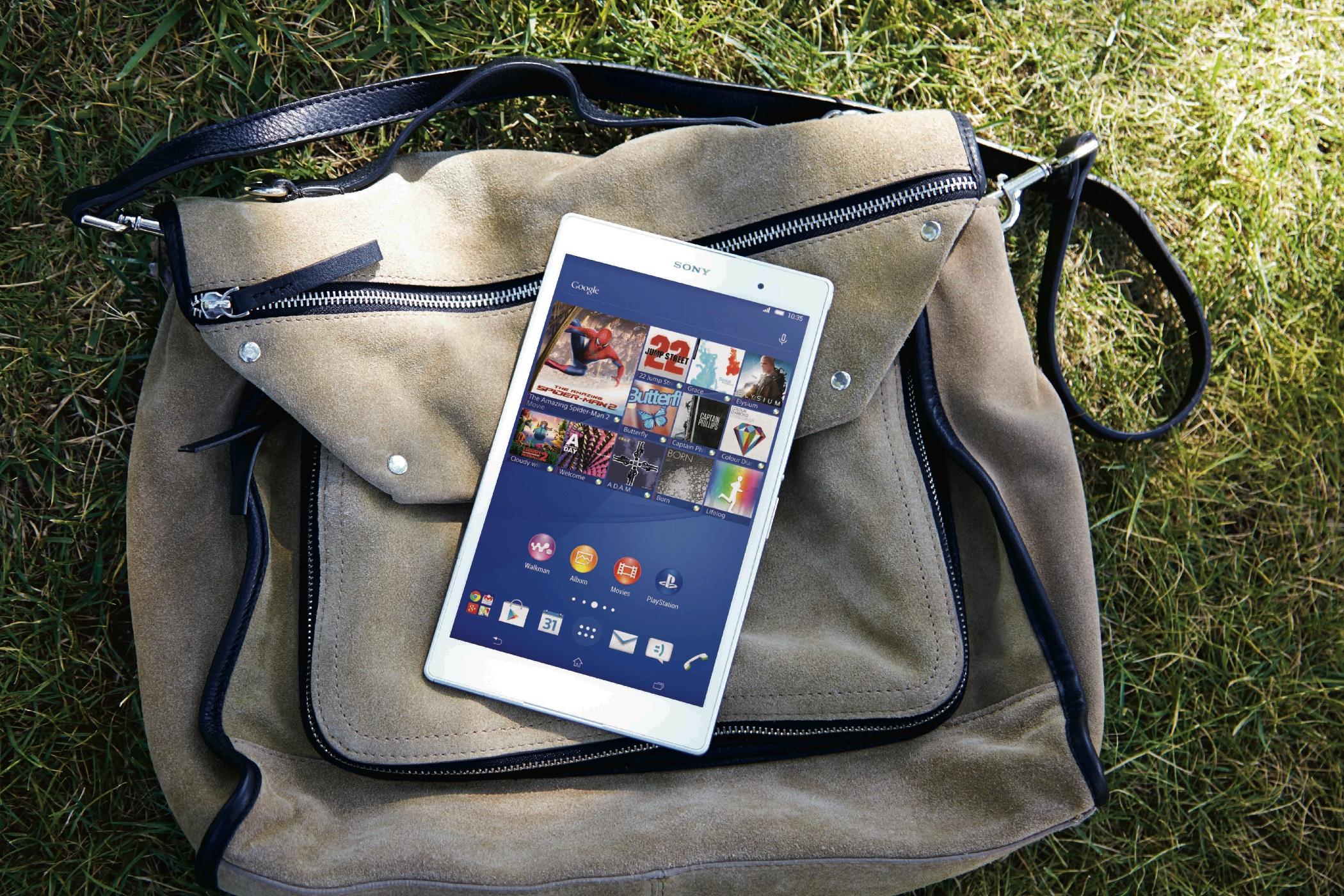
Hey, do you know that Sony also has new Android flagships?
With all eyes on Samsung, which just unveiled Galaxy Note 4, Galaxy Note Edge and Gear VR, I am genuinely surprised that Sony has decided to showcase its new flagship Xperia devices on the same day as its South Korean rival. Why? Because Samsung commands more attention from the tech media, due to its Android pack leader position. And that can only leave Sony fighting for scraps.
Nonetheless, mere hours after Samsung's Unpacked 2014 Episode 2, Sony took the wraps off its new Xperia Z3, Xperia Z3 Compact and Xperia Z3 Tablet Compact. Oh, there's an Xperia E3 too, which is designed to compete in the low-end market, like Nokia Lumia 530. But, let's talk about the premium Xperias now, which are far more intriguing.

Mystery fake cellphone towers discovered across America
Fake mobile phone 'towers' dotted across the US could be listening in on unsuspecting smartphone users according to recent reports. And -- tin foil hats on, everyone -- nobody knows who's behind them.
Security company ESD America discovered 17 of the fakes called 'interceptors' whilst testing its secure Android phone. The towers can attack devices via the baseband chips that allow them to communicate with their networks and can, says ESD, eavesdrop or even install spyware.
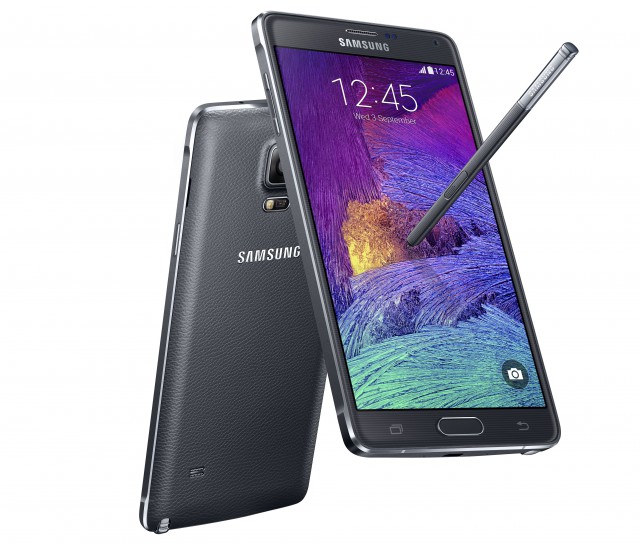
Meet Samsung Galaxy Note 4 and Note Edge
Samsung is single-handedly responsible for creating the phablet category three years ago with the original Galaxy Note. Back then, big smartphones were believed to be nothing more than a niche, with no chance of ever enjoying mainstream approval. At first, I was actually one of the non-believers. But, as every Galaxy Note iteration has proved time and time again, consumers are actually quite fond of the idea of touching a big screen day in and day out.
But, the phablet market has changed dramatically since the original Galaxy Note was released, with more and more Android vendors competing for a slice of the pie. Heck, even Nokia got in on the action, representing Windows Phone, late last year with Lumia 1520 and Lumia 1320. Despite the increased competition, Samsung continues to be viewed as the pack leader, thanks in no small part to the dedicated features its flagship phablets pack. So, what does this year's Galaxy Note has in store?

IFA 2014: Lenovo unveils 8-inch TAB S8 tablet, touchscreen Y70 Touch, and ERAZER X315 gaming rig
It's the first day of IFA2014 in Berlin, and Lenovo is getting all touchy feely. Rather than waiting until later in the consumer trade show, Lenovo has opted to display all of its wares right from that start by taking the wraps off three new devices, two of which feature touchscreens. As one of the devices is an Android powered tablet, this one is a given, but there's also a touchscreen laptop, and high-powered gaming rig to splash your hard-earned cash on. Priced at just $199, you may well be tempted to throw your money at the 8-inch TAB S8 with its sleek good looks and pretty impressive specs.
The display is a 1920 x 1200 affair boasting an ultra-thin bezel, and the whole unit weighs in at 299g. By way of illustrating the tablet's svelte dimensions, Lenovo has chosen to liken its thinness to that of a "standard pencil". Powered by a quad-core Intel Atom Z3745 processor running at up to 1.86GHz, the tablet also packs 2GB RAM, and 16GB of storage -- sadly not complemented with a microSD slot. The 4290mAh offers a claimed run time of up to seven hours and there are 1.6MP and 8MP cameras to take care of photos and videos. KitKat 4.4 comes pre-installed and there's an LTE option.

Say goodbye to invites -- OnePlus One will go up for pre-order
OnePlus has announced that it will soon be launching a pre-order system for its elusive smartphone, the OnePlus One.
The handset, which offers a premium Android experience for just $299 (£230) is currently only available via a random invite system.
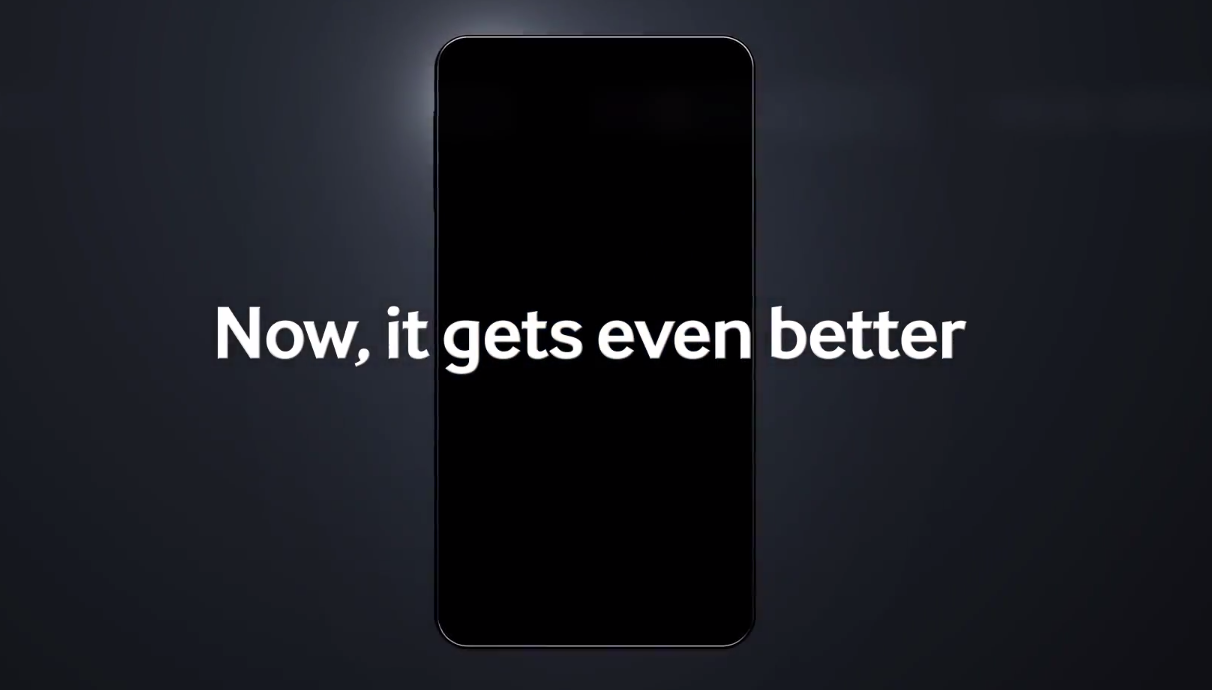
What to expect from Samsung Galaxy Note 4
Samsung will announce the successor of the popular Galaxy Note 3 tomorrow, at a press event dubbed Unpacked 2014 Episode 2. This is the second most important unveiling of the year for the South Korean maker, after Galaxy S5. Naturally, that means that our expectations are high for what will arguably be the Android phablet to beat in the second part of 2014, if the success of its predecessors is of any indication.
So far, Samsung has officially disclosed little about Galaxy Note 4, only revealing the silhouette of the new phablet, in one of its most recent teaser videos, and not much else. That is far from a complete picture, so here is what else you can expect from Galaxy Note 4.

Here's what you can expect to see at IFA 2014
The rejuvenation of the tech scene at this time of year is heralded by one of the oldest and largest trade shows on the circuit, with Germany taking centre stage for Internationale Funkausstellung Berlin -- known simply as IFA.
At IFA 2013, ITProPortal witnessed the unveiling of the Sony Xperia Z1, realized that convertible laptops are here to stay, and learned that no-one is impressed by Samsung's Galaxy Gear. This year we're looking forward to seeing the year's developments in wearable tech. And I'm not just talking smart watches. This year we're talking infrared thermometers, Bluetooth home cinema speakers and something called the "D30 Smart Skin".
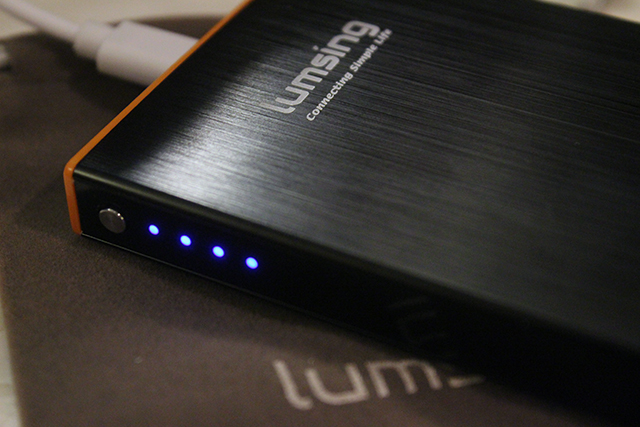
Lumsing PBJ-6200 Power Bank: A stylish phone charging solution [Review]
I charge my iPhone 5s every night -- it's pretty much a standard routine. Although people moan about the iPhone's battery life, I have no complaints. In fact my old Samsung Galaxy S III needed charging more regularly. But every so often a little extra battery boost is required, which is fine if I'm at home, but less convenient when I'm out and about (and I have no interest in being a wall hugger). This is where an external battery pack can come in handy.
Lumsing's PBJ-6200 Power Bank has already proven to be a life saver in the couple of weeks I've had it. The device is roughly the same dimensions as my phone -- 4.88x 2.64 x 0.51 inches (124 x 67 x13 mm) -- and has a 6,000mAh capacity, which is enough to charge my iPhone about three times (a Galaxy S4 twice, or an iPad mini once).

Could buying Cyanogen give Microsoft some smartphone credibility?
I'm not going to retread old ground too much here, but there's no getting away from the fact that Microsoft has something of an image problem when it comes to smartphones. But this could be set to change. The word on the grapevine is that Microsoft -- possibly in conjunction with the likes of Yahoo and Amazon -- is interested in joining forces with, or even, buying Cyanogen Inc, purveyor of some of the finest Android ROMs known to humanity. It's a branch of Android favoured by handset owners who live and breathe tweaking, who want an OS custom made to fit them like a well-tailored suit.
Little is known about what form any future arrangement might take, or how far talks have got so far. But we do know that Cyanogen Inc has met with Satya Nadella -- as reported by The Information. It would be interesting to see where this could go. There are two possible avenues that immediately spring to mind. The first -- and probably the least likely -- is that Microsoft might consider creating custom Windows Phone ROMs. This seems somewhat improbable, but there's another option: Microsoft could be looking to muscle in on Google's Android territory. This is not as far-fetched as it might first sound.

Smartphone shipments show strong growth as Android dominates emerging markets
More than 1.25 billion smartphones will be shipped worldwide in 2014, up 23.8 percent over last year, despite a slowing of growth in more mature markets, according to the latest data from IDC's Quarterly Mobile Phone Tracker.
Growth in mature markets has slowed to 4.9 percent but emerging markets are surging ahead with 32.4 percent growth. Since these emerging markets have accounted for more than half of smartphone shipments since 2011 this is perhaps not too surprising.
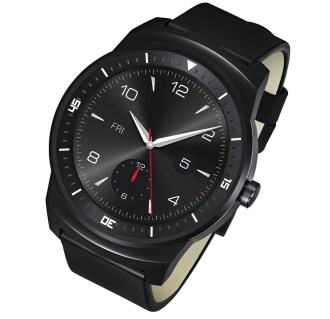
Circular-faced LG G Watch R to be unveiled at IFA 2014
IFA 2014 kicks off in Berlin next week, and one of the devices that will be on display is the LG G Watch R. LG is looking to expand further into the wearable market with another Android Wear watch and the killer feature this time around is a round display.
The circular Plastic OLED face has be been designed to make use of the entire surface -- there is no bezel whatsoever. In terms of looks this could be what sells LG G Watch R, as it's a device that's likely to appeal to those pandering for a more traditional look to their wearable tech.

There is simply no reason for anyone to care about the iPhone 6
Let's cut to the chase. No, they shouldn't. The iPhone used to be exciting and interesting. It used to be aspirational and high-end. Now the world and his dog has an Apple handset and it's turned from something special into a poor substitute for one of the countless alternatives. This is not to say that the popularity of the device in itself makes it less appealing, but it certainly seems to have made Apple lazy. Innovation has gone out of the window. We've had the same design for the handset for what seems like an eternity. It looks as though there might be something of a change in style this time around, but is this really enough to make the iPhone exciting -- or even interesting -- once again?
By far the biggest problem with the iPhone is the lack of choice. While Android users (and even Windows Phone fans) have a huge number of handsets to choose from, the same cannot be said of those sucking on Apple's teat. Things did improve slightly when the 2013 iPhones were released, but you're still stuck, essentially, with two phones to choose from -- the really expensive over-hyped one, or the pale imitation wannabe version. Some choice. To be clear… I've been an iPhone owner. It's a functional phone, but Christ it's dull.
